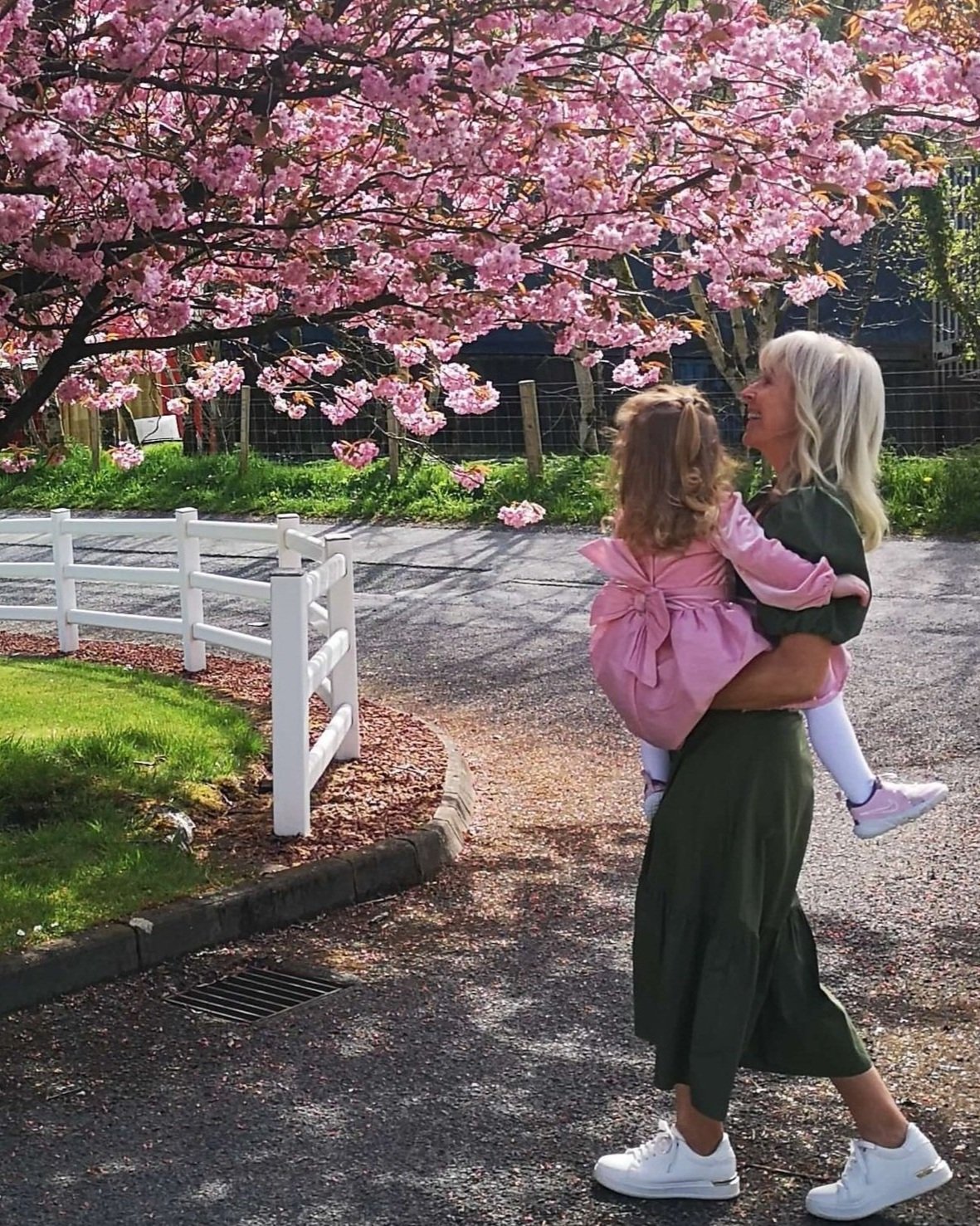
Anxiety is Something We Do, Not Something We Are.
Understanding Anxiety in Children
Signs, Causes, and Practical Ways to Help
Anxiety is a natural part of life, but for some children, it can become overwhelming and interfere with their daily activities. As teachers and parents, understanding anxiety, recognizing its signs, and knowing how to support children effectively can make a world of difference.
What is Anxiety?
Anxiety is the body’s natural response to perceived danger or stress. It triggers the "fight, flight, or freeze" response, which is useful in dangerous situations but can become problematic when it occurs too often or without a clear threat. While occasional worry is normal, persistent and intense fear can indicate an anxiety disorder.
Signs of Anxiety in Children
Children don’t always express anxiety in ways adults expect. Instead of saying they feel anxious, they might:
Complain of stomach-aches, headaches, or feeling unwell without a medical cause.
Avoid certain situations, such as school, social events, or new activities.
Have trouble concentrating, fidgeting, or being unusually quiet.
Display irritability, mood swings, or emotional outbursts.
Seek excessive reassurance from adults.
Have difficulty sleeping, including nightmares or bedtime resistance.
Engage in repetitive behaviours, such as nail-biting or hair-twisting.
What Causes Anxiety in Children?
Anxiety can develop from a combination of factors, including:
Genetics: A family history of anxiety can make children more predisposed to it.
Temperament: Some children are naturally more cautious and sensitive to stress.
Life Events: Big changes such as moving house, family separation, or a loss can trigger anxiety.
School Pressure: Academic expectations, tests, and peer relationships can contribute to stress.
Parental Influence: Overprotectiveness or modelling anxious behaviours can unintentionally reinforce anxiety.
Sensory Sensitivities: Some children are more reactive to loud noises, crowded spaces, or unexpected changes, which can heighten feelings of anxiety.
Practical Ways to Help Children Manage Anxiety
Fortunately, there are many effective strategies that parents and teachers can use to support anxious children.
1. Validate Their Feelings
Children need to feel heard. Instead of dismissing their fears with phrases like "Don’t worry about it," acknowledge their emotions: "I see that you're feeling nervous about going to school. It’s okay to feel that way."
2. Help Them Name Their Emotions
Giving children words for their feelings helps them process and manage anxiety more effectively. "It sounds like you're feeling worried about the swimming trip. Let’s talk about that."
3. Teach Simple Calming Techniques
Practical coping skills can help children self-regulate when they feel anxious:
Deep breathing: “Smell the flower, blow out the candle” (inhale slowly through the nose, exhale through the mouth).
Grounding techniques: “Name five things you see, four things you feel, three things you hear…”
Muscle relaxation: Tense and release different muscle groups to relieve tension.
4. Encourage a Growth Mindset
Anxiety often makes children doubt their abilities. Help them reframe their thinking: Instead of "I can't do this," encourage: "I can't do this, Yet!" Instead of "What if I fail?" encourage: "What if I succeed?"
5. Reduce Avoidance in Small Steps
Avoidance can make anxiety worse over time. Gradual exposure to feared situations can help children gain confidence. If a child is afraid of speaking in front of the class, start with answering a question aloud, then progress to reading a short passage.
6. Foster Predictability and Routine
Consistency helps anxious children feel safe. Maintain clear schedules and prepare them for changes in advance. "Tomorrow we have a substitute teacher. Let’s talk about what that will be like."
7. Be a Calming Presence
Children take cues from adults. If parents or teachers appear anxious, children may mirror that response. Model calm behaviour by using slow, steady speech and demonstrating coping techniques.
8. Encourage Healthy Habits
Anxiety is often linked to physical well-being. Ensure children get:
Enough sleep
A balanced diet
Regular physical activity
9. Provide a Safe Space to Talk
Encourage children to share their worries, but don’t force it. Some children prefer drawing, storytelling, or journaling over direct conversations.
10. Know When to Seek Professional Help
If anxiety significantly interferes with daily life, consider seeking support from a mental health professional. Therapies like Cognitive Behavioral Therapy (CBT) are highly effective in helping children manage anxiety.
Final Thoughts
Anxiety can be challenging, but with patience, understanding, and the right strategies, children can learn to manage their fears and build resilience. Whether at home or in the classroom, adults have the power to create an environment where children feel safe, supported, and empowered to face their worries head-on.